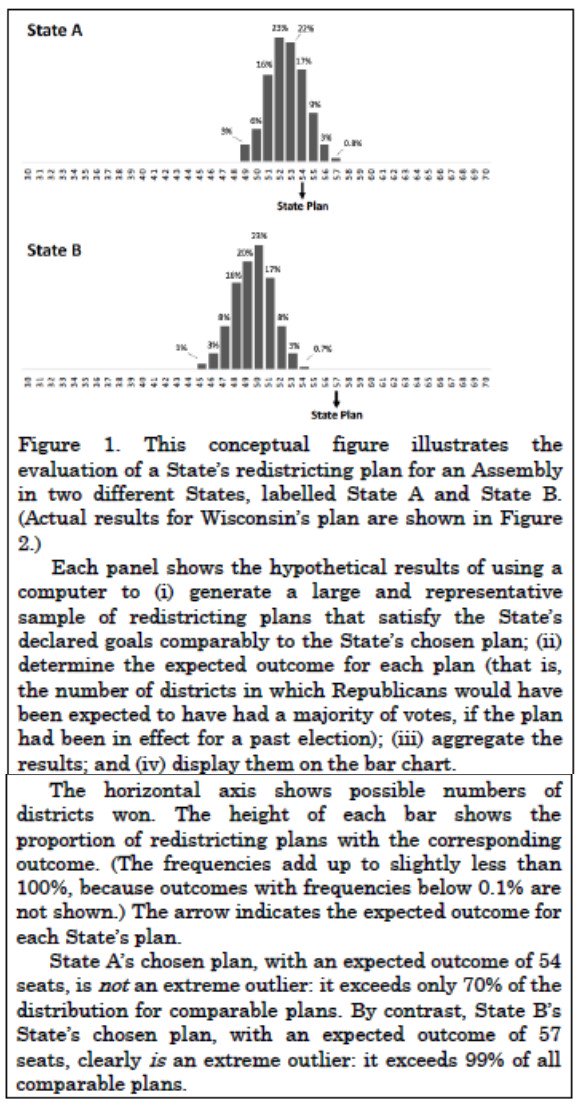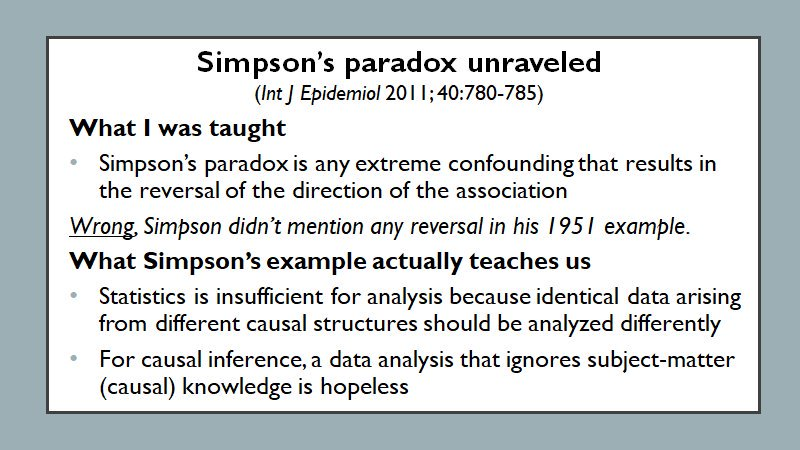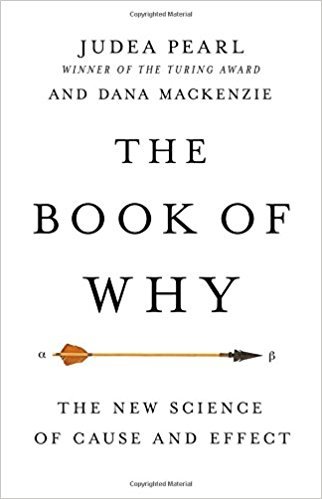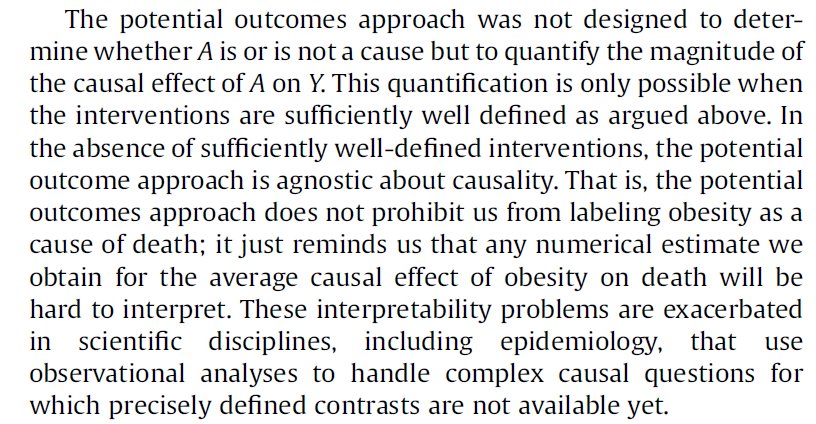All because a majority of the Court's Justices don’t know how to handle quantitative information.
Bad times for democracy when numerically illiterate people are in charge.
THREAD👇
Each state is divided into districts and each district sends a representative to Congress.
States decide how to draw district lines.
The state's ruling party is tempted to redistrict to maximize its % of seats in Congress. This is known as partisan gerrymandering.
In North Carolina, Republicans received 49% of the vote, but won 9 of the state’s 13 seats in Congress in 2012.
In Maryland, Democrats never received more than 65% of the vote but won 7 of 8 seats between 2012-18.
etc.
Individual constitutional rights are violated.
But this week the Court ruled that it'll do nothing about it. Too bad, it said.
"There is no standard to identify extreme partisan redistricting so we will let lower courts decide what to do."
This argument is doubly flawed.
1. Lower courts DO USE a standard so the Court's argument is contradictory.
But it must be defined quantitatively because partisan redistricting uses computational tools. The Court’s majority would abdicate its duties rather than use math.
Read it
supremecourt.gov/opinions/18pdf…
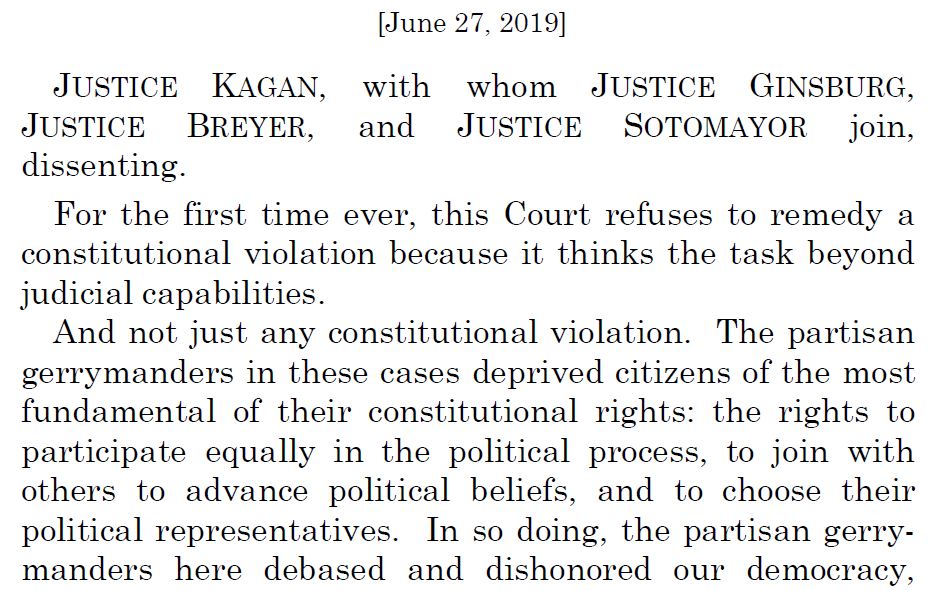
To learn how to create a standard of extreme bias, Justices just had to read @ericlander’s Amicus brief:
brennancenter.org/sites/default/…
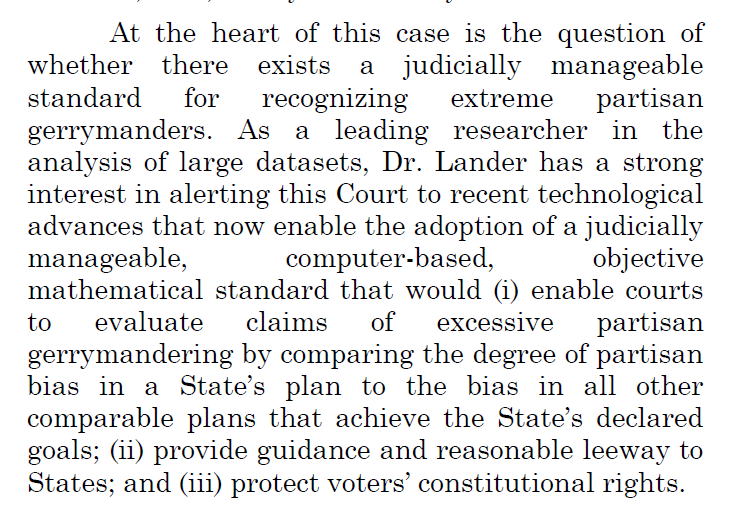
Take North Carolina: Every single one of 3,000 possible redistricting plans would have elected at least 1 more Democratic seat than the state’s actual plan, and 77% would have elected 3-4 more.
So a quantitative “extreme outlier” standard can be applied to resolve claims of excessive partisan gerrymandering.
Yet the Court declined to do so despite being presented with extreme partisan redistricting plans that were beyond the 99th percentile of possible plans
The Roberts Supreme Court, however, declares itself incapable of quantifying the threat.
So sad that our nation's future is shaped by 5 innumerate Justices.
END
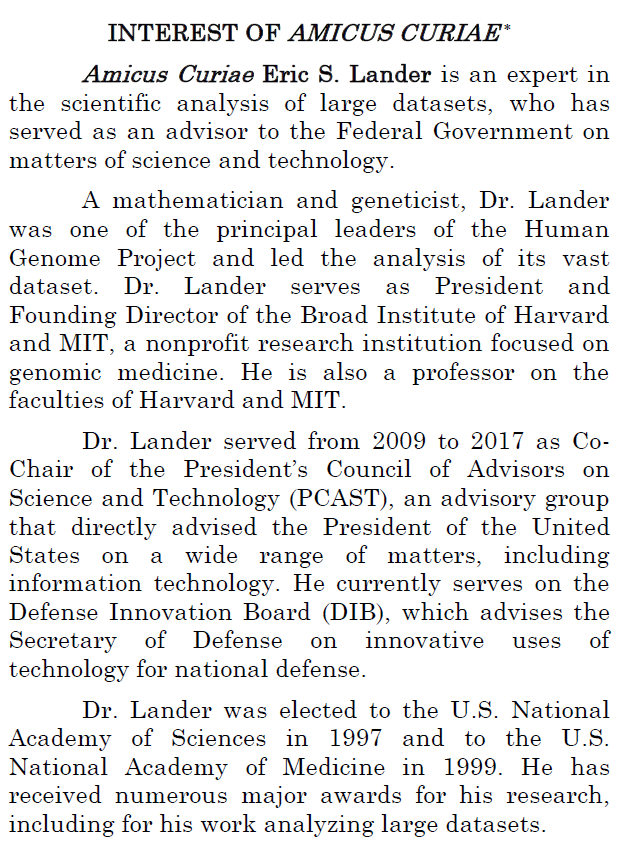
Like the 5 Justices, they are neglecting the available quantitative information.
But anyone who understands "99th percentile" will agree partisanship was extreme. Far from the grey area.
@eric_lander's Amicus Curiae Brief brennancenter.org/sites/default/…
Kagan's dissenting opinion (p. 40) supremecourt.gov/opinions/18pdf…
Please quote sections from these documents if arguing otherwise.
